If your controller can issue commands faster than the steppers can actually turn, you probably want to use some kind of event-driven timer-based system. You need to calculate when you trigger each of the motors so that the motion is distributed evenly on both axes.
The longer motion should be programmed as fast as it can go (that is, if the motor can do 100 steps per second, pulse it every 1/100th of a second) and the other motion at longer intervals.
Edit: the paragraph above assumes that you want to move the tool as fast as possible. This is not normally the case. Usually, the tool speed is given, so you need to calculate the speed along X and Y (and maybe also Z) axes separately from that. You also should know what tool travel distance corresponds to one step of the motor. So you can calculate the number of steps you need to do per time unit, and also duration of the entire movement, and thus time intervals between successive stepper pulses along each axis.
So you program your timer to fire after the smallest of the calculated time intervals, pulse the corresponding motor, program the timer for the next pulse, and so on.
This is a simplification because motors, like all physical objects, have inertia and need time to accelerate/decelerate. So you need to take this into account if you want to produce smooth movement. There are more considerations to be taken into account. But this is more about physics than programming. The programming model stays the same. You model your machine as a physical object that reacts to known stimuli (stepper pulses) in some known way. Your program calculates timings for stepper pulses from the model, and sits in an event loop, waiting for the next time event to occur.
